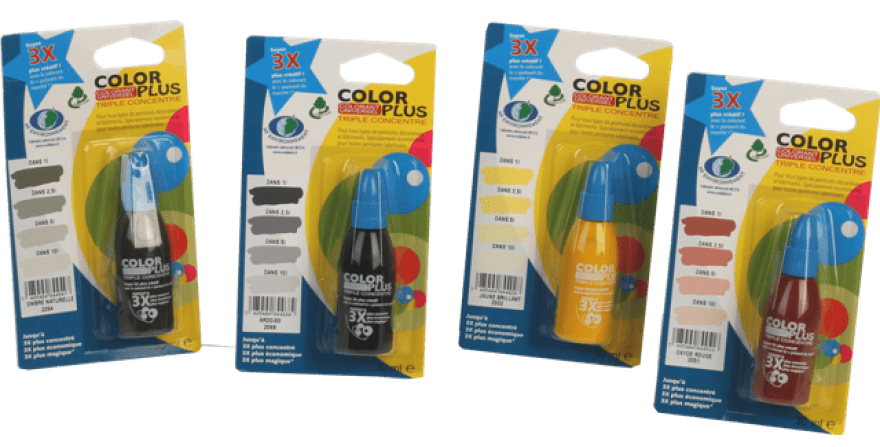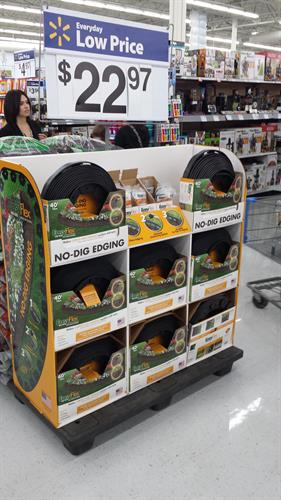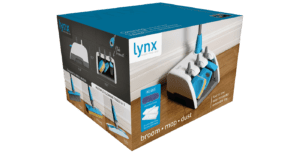Home » Understanding the Corrugated Box Drop Test
Understanding the Corrugated Box Drop Test

In the world of packaging, ensuring the safety and integrity of products during transit is paramount. This is where the corrugated box drop test comes into play. It’s a critical evaluation method used to determine the durability and protective qualities of corrugated boxes, which are widely used in shipping various goods. This blog post delves into the details of the corrugated box drop test, its importance, and how it is conducted.
The Importance of the Corrugated Box Drop Test
Drop testing is an essential part of quality control in packaging. It simulates the impacts a package may endure during handling and shipping, including being dropped, knocked, or jostled. For businesses, ensuring that their product packaging can withstand such treatment is crucial to avoid damage during shipping, which can lead to financial losses and affect customer satisfaction.
What is a Corrugated Box Drop Test?
The corrugated box drop test is a systematic procedure where a packed corrugated box is dropped from a specific height to observe how well the packaging protects its contents. This test is typically performed under controlled conditions following standardized guidelines, such as those set by ASTM or ISTA.

How is the Drop Test Conducted?
- Preparation of the Test Sample:
- The corrugated boxes are prepared with the actual product inside, or a dummy package that simulates the weight and dimensions of the real product.
- The boxes are sealed as they would be for normal distribution.
- Determination of Drop Height:
- The height from which the box is dropped depends on the package’s weight and the standards being followed. Typically, the higher the package’s weight, the lower the drop height.
- Execution of the Drop:
- The box is dropped onto a solid, flat surface. The drops are conducted on different faces of the box, including corners and edges, to simulate various real-world scenarios.
- Each drop is observed and recorded, noting any visible damage to the box and its contents.
- Assessment Post-Drop:
- After the test, the box is examined for any signs of structural failure, such as tears, ruptures, or punctures.
- The contents are checked for damage or breakage.
Interpreting Test Results
- Pass/Fail Criteria: The criteria for passing the test can vary but generally include no significant damage to the box or its contents.
- Data Analysis: The results are analyzed to determine if the packaging design needs to be improved. This could involve enhancing the box’s material strength, adding protective cushioning inside, or altering the box design.
Why is the Drop Test Crucial?
- Consumer Confidence: Ensuring product safety during shipping builds consumer trust and satisfaction.
- Cost-Effectiveness: It’s more cost-effective to invest in proper packaging than to bear the costs of damaged goods and returns.
- Brand Reputation: Consistently delivering products in excellent condition enhances a brand’s reputation.
Technological Advances in Drop Testing
- Automated Drop Test Equipment: Some companies use advanced, automated equipment to conduct more precise and repeatable drop tests.
- Simulation Software: Technological advancements allow for computer simulations of drop tests, providing an additional layer of analysis.
Conclusion
The corrugated box drop test is a vital tool in the packaging industry, serving as a frontline check for packaging integrity. Regularly conducting these tests helps businesses ensure that their products are well-protected through the rigors of shipping and handling. In the end, the drop test is not just about maintaining product integrity; it’s about upholding customer satisfaction and preserving the brand’s reputation in a competitive marketplace.
If you are interested in corrugated boxes and require assistance in passing a drop test, then partner with Brown Packaging today to get started.
The holiday season pushes packaging supply chains to their limits. With surging e-commerce demand, constrained carrier capacity, and rising material costs, packaging buyers must navigate
Subscription boxes experience a surge in demand during the holiday season as shoppers purchase gift memberships and curated kits. Packaging for these shipments must balance
Fragile products like glassware, electronics, and specialty gifts are especially vulnerable during the holiday rush. With more handling points, packed trailers, and faster fulfillment, the
Shipping costs surge during the holiday season as carriers raise rates and surcharges. For packaging buyers, box design directly impacts freight spend. Oversized cartons, excess
Peak season shipping volumes put pressure on every part of the supply chain. For packaging buyers, right-sizing boxes is one of the most effective strategies
The post-holiday season often brings a surge in product returns, making it essential for e-commerce businesses to design packaging that simplifies the returns process. Offering
Home » Understanding the Corrugated Box Drop Test

Regular Slotted Containers (RSC) are the most widely used corrugated boxes in packaging. Their standardized design, strength options, and cost efficiency make them suitable for

In the current competitive retail landscape, the packaging of a product plays an increasingly significant role in customer decision-making. Brands are progressively realizing the power

POP displays must balance eye-catching branding with structural integrity. Inadequate load-bearing design can result in product sagging, leaning, or complete collapse, which not only risks


